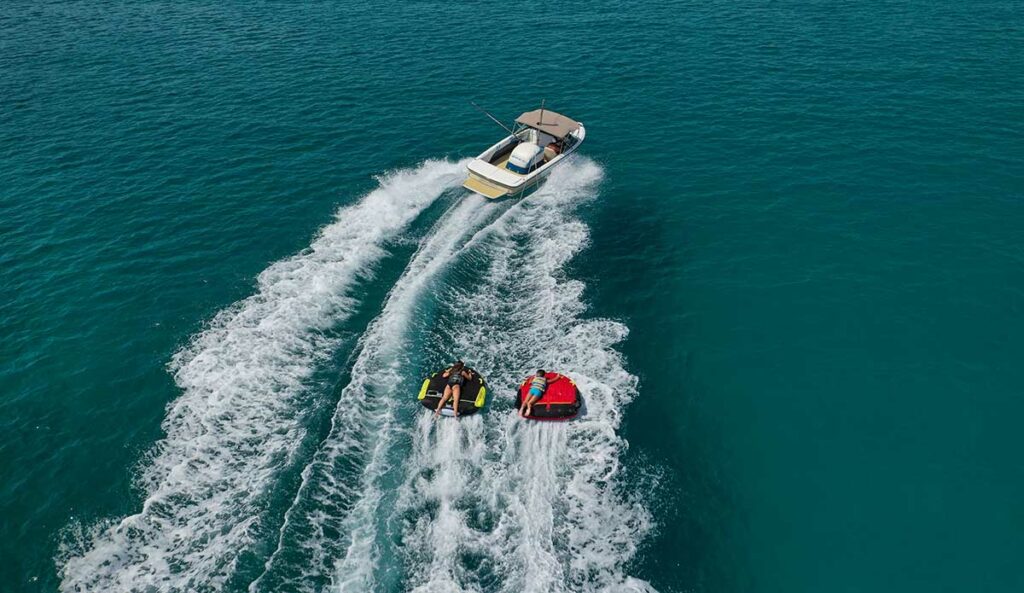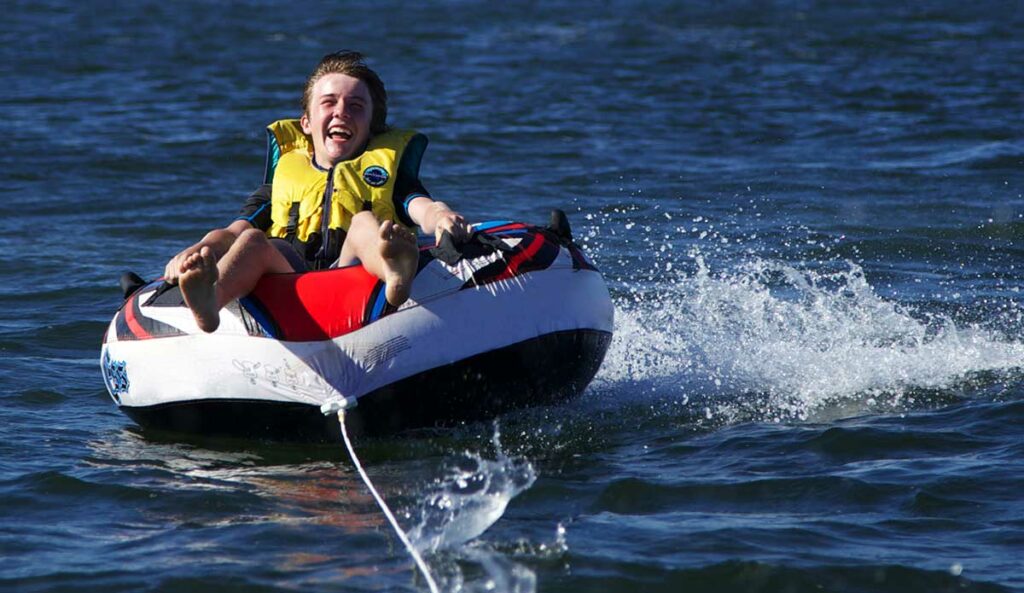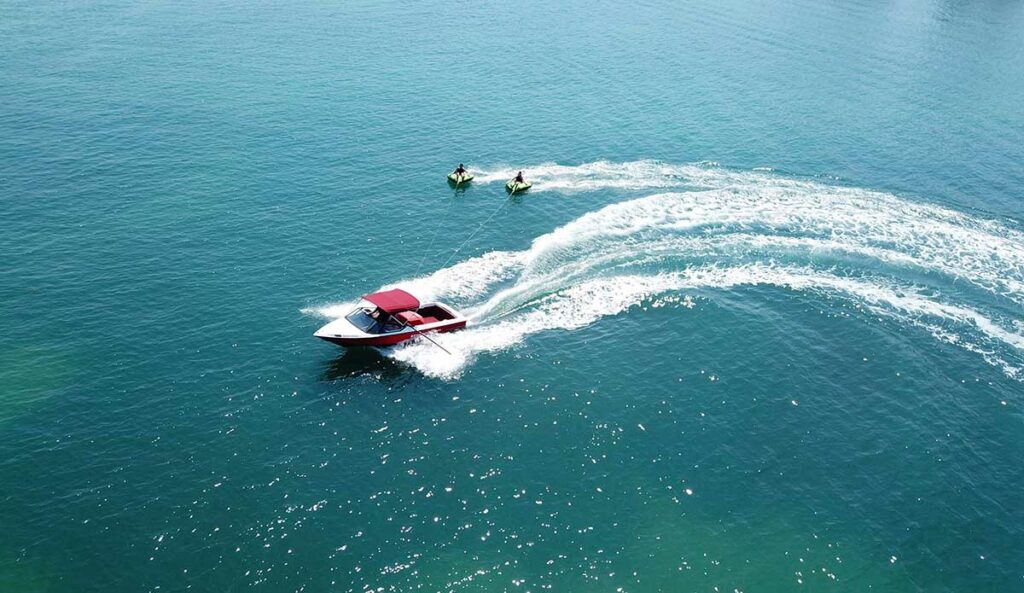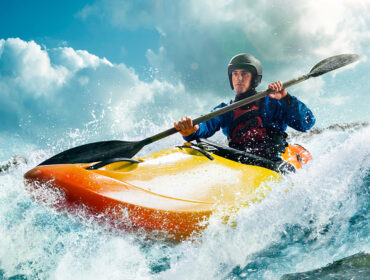Boat tubing, also known as towable tubing, is a thrilling water sport activity that has gained immense popularity among water enthusiasts. Whether you’re seeking an adrenaline rush or a fun-filled family adventure, tubing behind a boat offers an exhilarating experience. However, safety should always be a top priority when engaging in this activity. In this article, we will explore the essentials of boat tubing and provide valuable insights into how to safely pull a tube behind a boat, ensuring an enjoyable and risk-free experience for everyone involved.

Understanding Boat Tubing
Boat tubing involves being towed behind a boat on an inflatable tube specifically designed for this activity. These tubes come in various shapes and sizes, accommodating different riding preferences and skill levels. They are typically constructed with durable materials, featuring secure handles and comfortable seating areas.
Safety Equipment and Preparations
Before embarking on a tubing adventure, it’s crucial to gather the necessary safety equipment. This includes properly fitting life jackets or personal flotation devices (PFDs) for all participants. Additionally, a reliable tow rope with a recommended tensile strength, appropriate for the number of riders, should be used. Inspect the rope for any signs of wear or damage before each use.
Next, check the towing boat’s capacity to ensure it can handle the weight of the riders and the tube. The boat should have an observer on board, tasked with monitoring the riders’ safety and signaling the boat’s operator.

Safe Tubing Practices
When it comes to pulling a tube behind a boat, following safe practices is crucial. Here are some guidelines to ensure a safe and enjoyable tubing experience:
Communication
Establish clear hand signals or a communication system between the boat operator and the riders. This helps ensure effective communication even at a distance and allows riders to indicate their comfort level or request adjustments in speed.
Speed and Distance
Start with a slow speed and gradually increase it based on the riders’ comfort level and experience. Maintain a safe distance from other boats, swimmers, and obstacles in the water to avoid collisions or accidents.
Consider Water Conditions
Be mindful of the water conditions, such as wind, waves, and currents. Avoid tubing in rough waters or areas with heavy boat traffic. Additionally, ensure the tubing area is clear of hazards, including submerged rocks or shallow areas.
Rider Positioning
Instruct riders to sit or lie down on the tube, holding onto the handles securely. Encourage them to distribute their weight evenly and avoid standing or kneeling while being towed. Multiple riders should be positioned in a manner that maintains balance and stability.
Be Aware of Exhaust Fumes
Riders should be cautious about inhaling exhaust fumes from the boat. Encourage them to sit facing forward, away from the boat’s exhaust, to minimize exposure.

Emergency Preparedness
Despite taking all precautions, emergencies can still arise. To be prepared, ensure all participants are aware of basic safety protocols, such as how to release the tow rope and stay clear of the boat if necessary. Establish a plan in case of an accident, including communication methods and emergency contact information.
Conclusion
Boat tubing is an exciting water sport that can create unforgettable memories for individuals and families alike. By prioritizing safety and following the guidelines discussed in this article, participants can enjoy the thrill of being towed behind a boat with confidence. Remember to equip yourself with the appropriate safety gear, inspect all equipment before use, and communicate effectively with the boat operator. By doing so, you can ensure a safe and enjoyable tubing experience that will leave you longing for more adventurous rides on the water.





